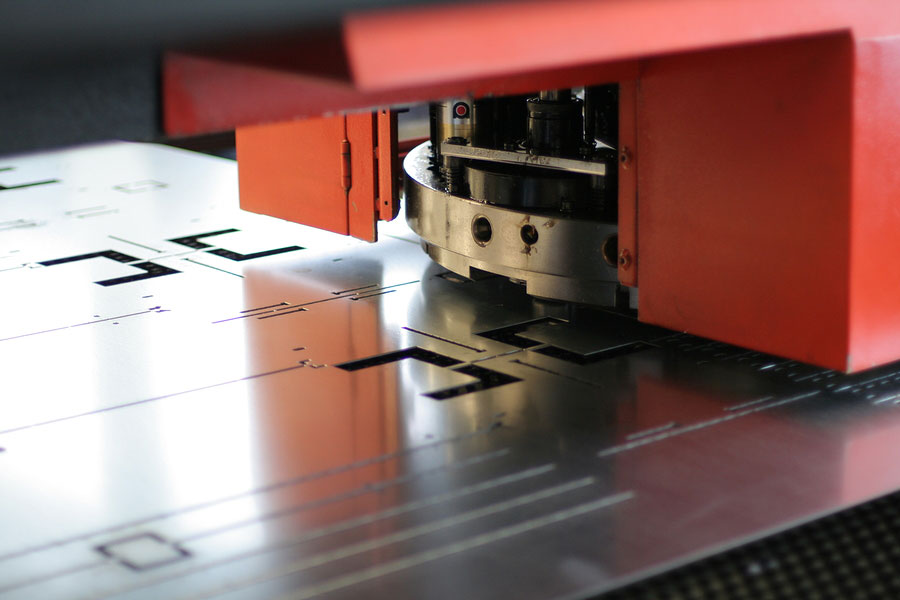Tool and die makers and machinists are essential employees in the wider world of manufacturing. They have a particularly significant role in manufacturing automation.
They are the individuals who make dies, jigs, molds, fixtures, cutting and machine tools, and various other tools and parts used in the processes of manufacturing. The tools and dies produced by these highly qualified machinists contribute to the manufacturing of virtually everything from auto parts to paper clips.
Metal Stamping and Metal Fabrication are Key to Manufacturing
Industries that use high-precision metal stamping and metal fabrication most significantly include:
- Medical, with some parts requiring exceedingly small thicknesses.
- Automotive, where vehicle production continues its orientation for increased speed, efficiency and the latest technology. Component parts include airbags structure, brakes, body parts and panels, and fuel injectors.
- Aerospace, requiring high-precision, no-error parts and components for essential flight safety.
- Defense, including a wide range of elements from ammunition to transportation to precise equipment.
- Consumer electronics, with small and tightly designed component parts.
- Industrial machinery.
- Telecommunications.
- Agriculture.
All these applications would not be possible without well-trained tool and die machinists and the manufacturing automation that produces products so effectively.
The Machine Tool Industry Is Growing
To support the increasing use of tool and die and metal stamping, the machine tool industry continues to grow in the U.S. and worldwide. That includes significant growth in the consumption of machine tools by China, the U.S. and Japan among 12 other growth countries.
Manufacturing Automation Trends
Manufacturing automation continues to thrive in serving the growing demands of worldwide manufacturing.
The fact is, automation increases productivity and efficiency. It helps manufacturers be competitive, increase market share and retain a high-quality workforce.
Manufacturing growth is driven by automation’s ability to:
- Increase labor productivity.
- Reduce the cost of labor.
- Counteract skilled labor shortages.
- Eliminate or reduce routine tasks that may involve unwanted production errors.
- Improve the safety of workers.
- Significantly improve product uniformity and quality.
- Improve and reduce manufacturing lead time.
- Accomplish processes that can’t be done manually.
- Introduce new innovations, simply not possible in old manual production systems.
- Increase precision.
Advantages of Metal Stamping
There are major advantages to metal stamping that come into play due to the skills of tool and die machinists and the significant capabilities that are offered through manufacturing automation:
- Complex shapes can be cut more precisely with metal stamping using very sophisticated and detailed techniques. High-quality parts are produced with outstanding consistency and tight tolerances.
- Significant cost efficiency is achieved by speeding up the production process and using less machine and labor time and fewer laborers.
- Consistent, high-quality precision parts are produced.
Seek Proven Expertise for Your Quality Metal Stamping Needs
Contact Velocity Metalworks, serving the greater St. Louis area and the Midwest. We have been recognized as a valuable partner in the metal stamping industry for our strong tool design and build competency.

